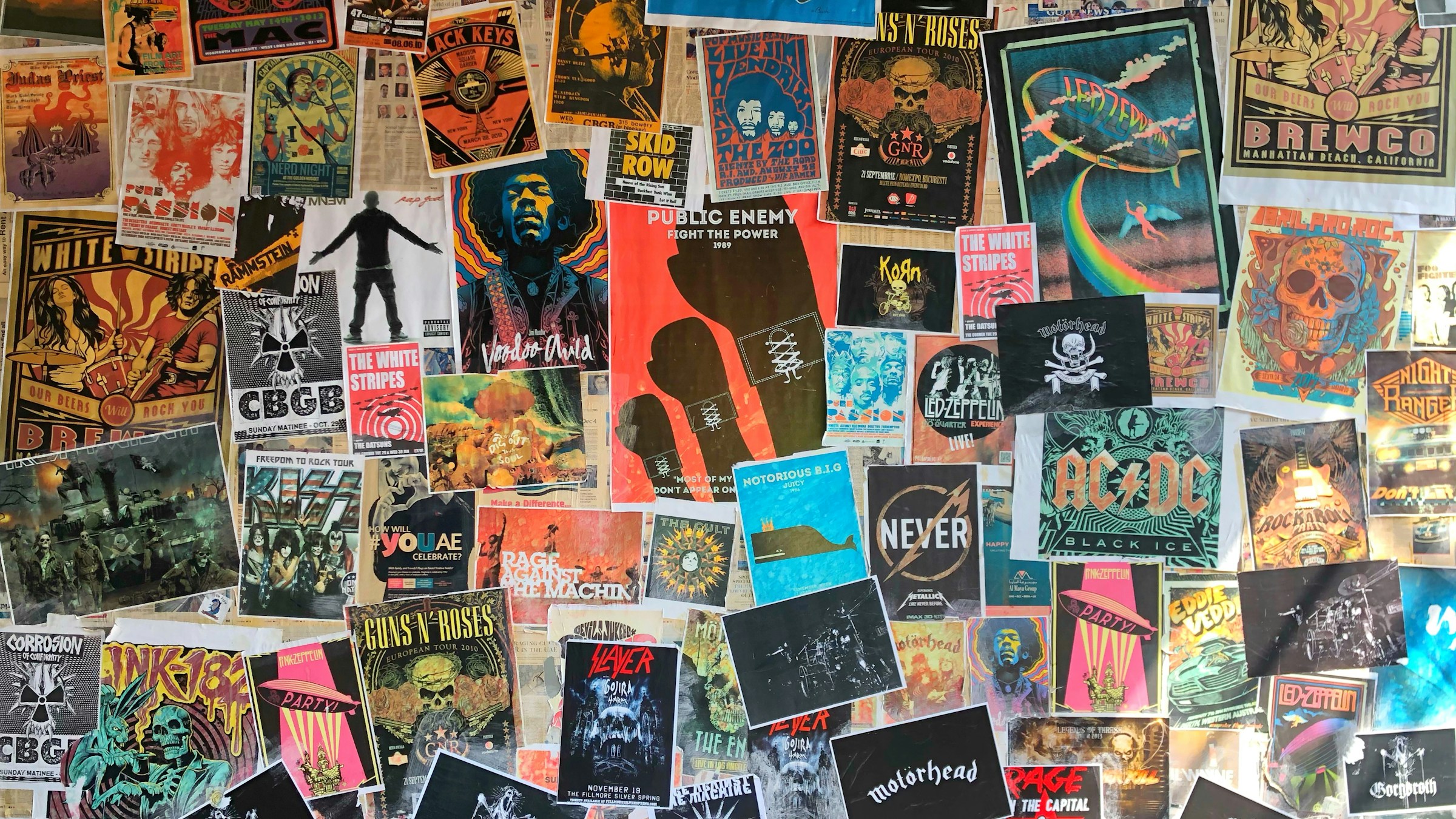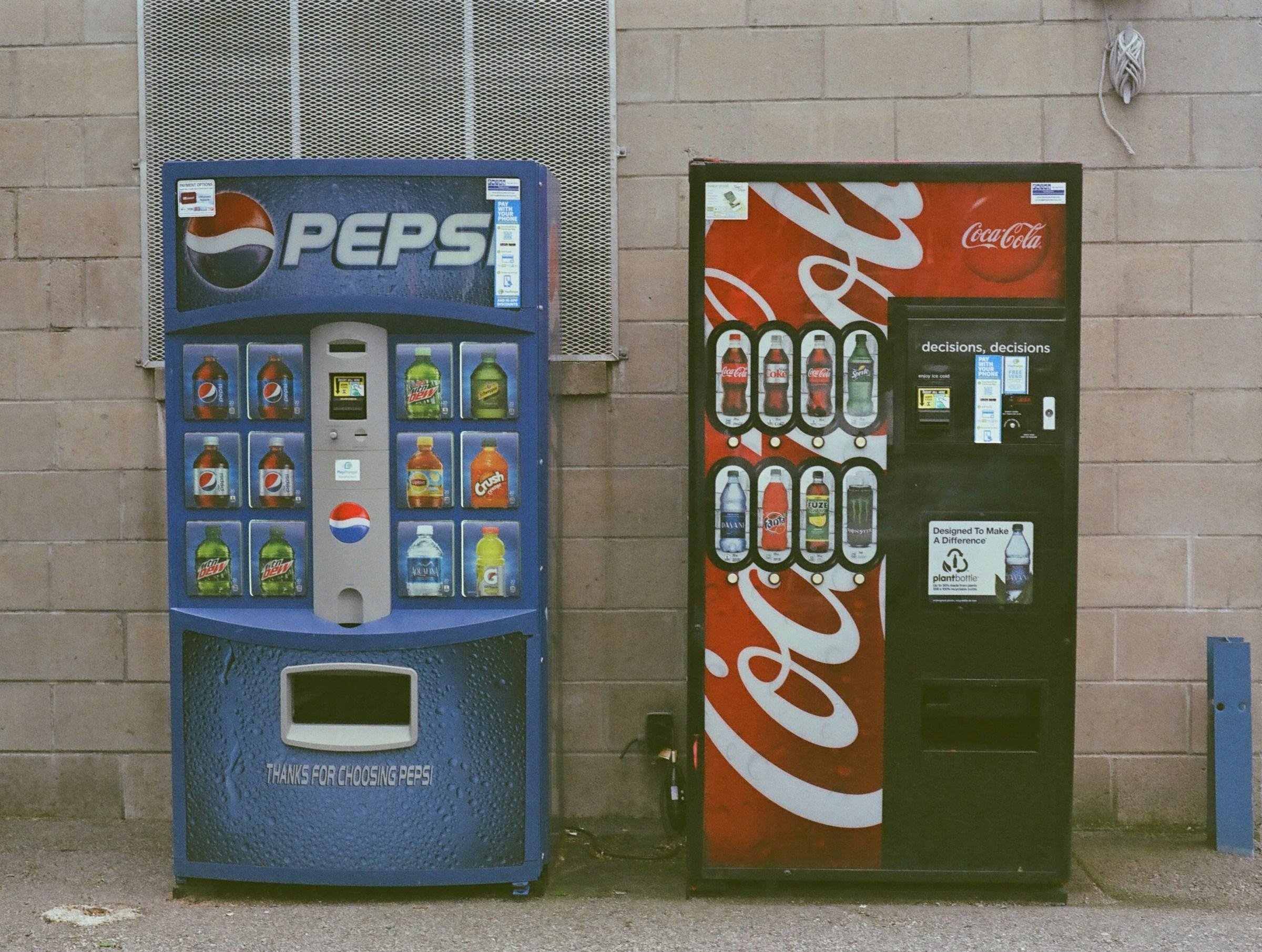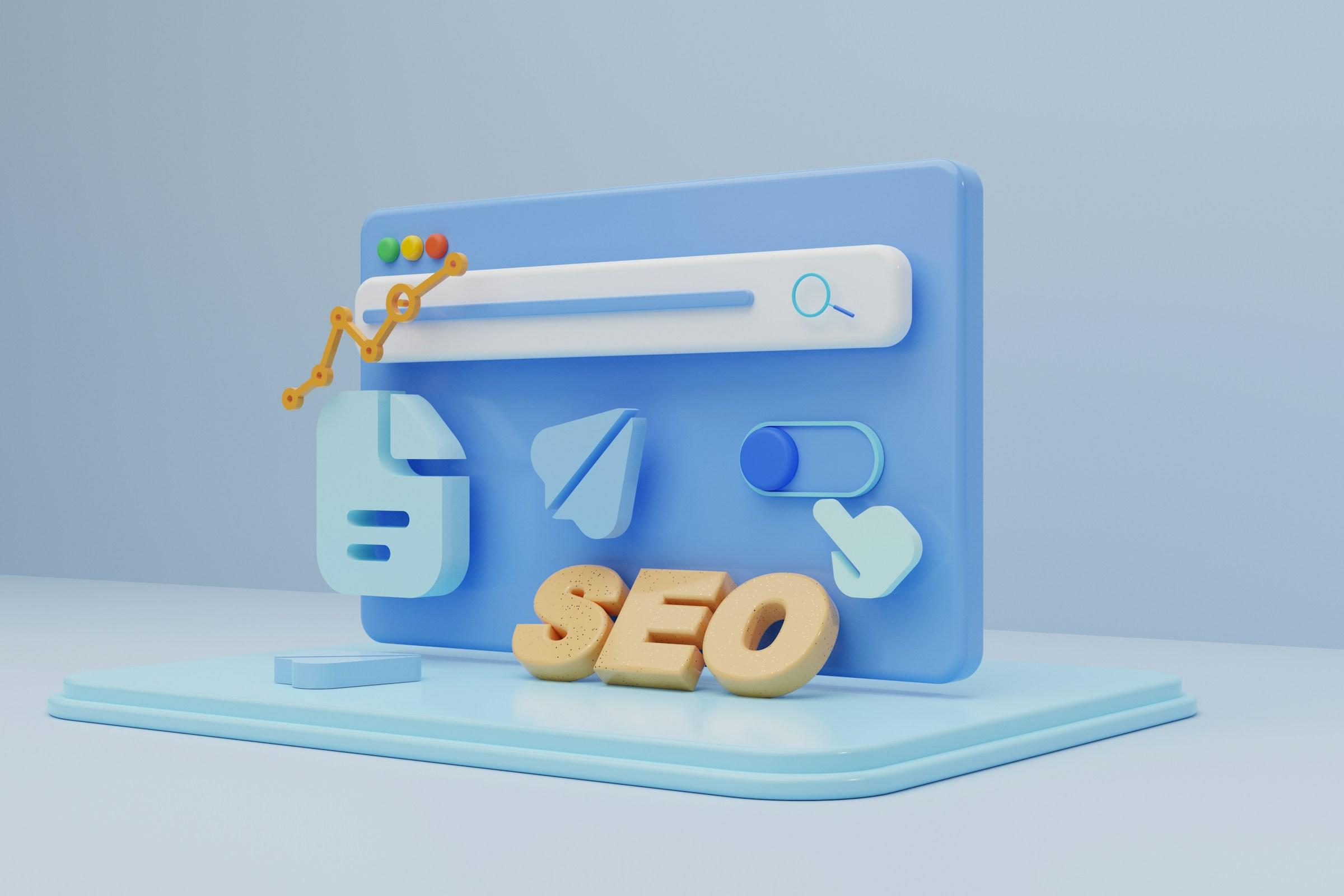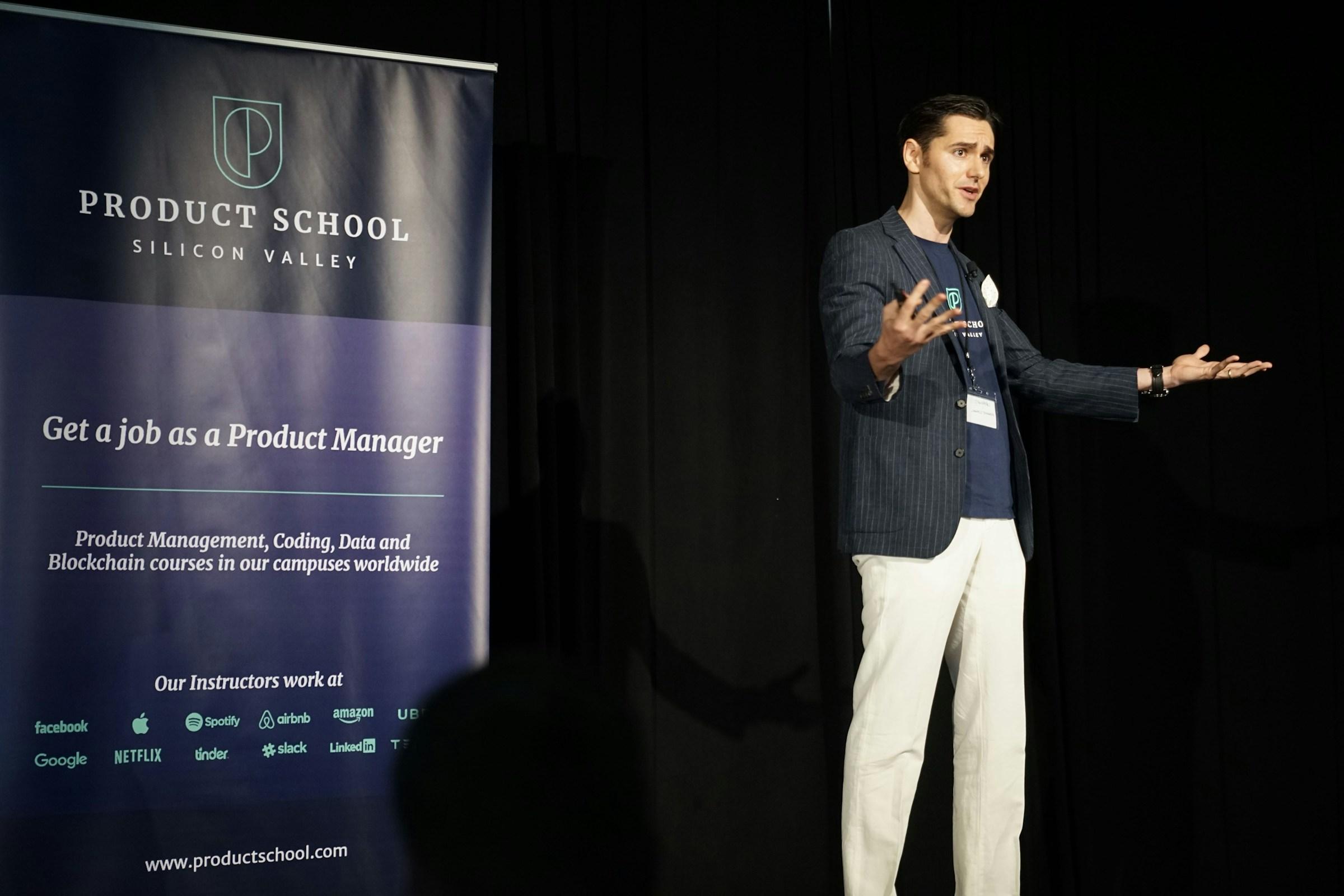I learned the importance of persuasion the hard way. Early in my career, I shipped a campaign that looked perfect on paper. The video was polished, the tagline felt clever, and the influencer list had all the right names. Yet the numbers refused to lift. It took time for me to accept that nothing was wrong with the surface. The problem lived underneath. We were asking people to care before we had earned the right to their attention. We were decorating a message instead of guiding a mind from doubt to decision. That is what persuasion does. It does not shout. It lowers the resistance that keeps a buyer from moving.
Many founders and marketers imagine persuasion as pressure. They think more punchy adjectives, more retargeting, and more urgency will move the needle. In truth, persuasion is the opposite of pressure. It is the careful removal of friction in the order a real person experiences it. When a message cannot hold attention through the messy middle, the funnel leaks no matter how much budget you pour in. The messy middle is where questions appear. Does this solve my specific problem. Will it work in my environment. What happens if it breaks. How much time will it take my team to adopt it. If your story does not resolve those doubts in a human sequence, the buyer’s attention slips away and does not return.
The teams that struggle with persuasion usually mistake volume for clarity. They publish more content, add more features to the landing page, and widen the audience they are trying to serve. The effort looks impressive, but the signal weakens. Real persuasion starts by choosing the narrowest true promise you can keep. One claim per sentence. One promise per section. One action per page. When I finally cut my copy in half, time on page went up and replies sounded like notes from people, not from leads. Clarity is not decoration. It is the product the buyer consumes before they ever touch your software or walk into your store. If your words feel heavy, the rest of the journey will only get harder.
Inside any buyer’s mind, price is not the first concern. Risk is the first concern. People perform a quiet risk audit before they purchase. They ask whether this will work for someone like them, whether the team behind it will stay present after the invoice, and whether using the product will put their reputation in danger. Persuasion enters that audit with respect. It names the real risks without flinching, shows specific evidence that reduces those risks, and proposes a next step that feels safe for the stage of belief the person is actually in. Safe does not mean timid. Safe means proportionate. A low friction sample, a clear onboarding path, or a proof session with someone who looks like the buyer can be more persuasive than a week of discounts.
That is why proof must be designed, not sprinkled. Early on, I treated testimonials like confetti and pasted them wherever space allowed. It did not move conversion. Praise without a matching promise is flattering to the team and useless to the buyer. Proof works when it maps one to one with a claim. If you promise faster onboarding, show the time your average customer saved before and after adoption, and describe the constraints that also existed. If you promise higher revenue, show the shape of the lift, the period it covered, and the conditions that mattered. This kind of proof is persuasive because it looks like real life. It respects that buyers do not live in perfectly lit case studies. They live in calendars, budgets, politics, and messy data.
Persuasion fails more often inside the company than outside. If product, sales, and marketing cannot tell the same story in different rooms, the buyer feels the tension before you do. Vocabulary starts to drift. Claims stretch a little in a pitch. Handoffs feel rough. The buyer may not articulate any of this on a form, but their behavior reveals it. They open the email and do not click. They click and do not book. They book and do not show. Alignment is not a single meeting. It is the repeatable language that sits in briefs, onboarding, and reviews. When a team stabilizes its phrasing, a buyer stabilizes attention. When a buyer stabilizes attention, trust becomes possible.
Trust is not a slide in a brand deck. Trust is a chain of kept promises, and in marketing the smallest promises are the most fragile. The headline claims one outcome. The call to action promises a specific experience. The click should deliver exactly that experience without surprises. Every break in this chain adds friction that another ad spend tries to hide. If your post click flow is a maze, copy must work twice as hard. If your trial setup takes longer than the value you are promising to create, the best creative will stall at the first form field. Persuasion crosses the border between message and product. Language and experience have to shake hands.
Timing persuades too. Companies love their own calendars. Buyers live on different ones. A message to finance leaders feels different at year end than it does in the first quarter. A pitch to parents lands one way during a school holiday and another during exam periods. Timing also carries mood. When the market is anxious, aggressive copy sounds careless. When the market is hopeful, extremely conservative copy sounds afraid. Persuasion listens. It mirrors concern and momentum without pandering, and it adjusts cadence to the week the buyer is living, not the sprint the team is running.
At the simplest level, persuasion has a test you can run every day. Ask whether a stranger could repeat your value in their own words after one careful read. Not your tagline. Your value. If the answer is no, the work is not done. Complex products can still be clear. You achieve this by using the verbs your users already live in. Show how their day gets easier, cheaper, faster, or safer in a way that sounds like the way they already talk. Internal jargon only proves that you can talk to yourself.
Early stage companies often avoid persuasion because persuasion feels like commitment. They keep messages broad to keep options open. Broad messages have no carrier. They do not travel inside communities because they do not sound like anyone. Narrow messages spread because they feel like a direct line into a real job to be done. You do not lose scale by speaking specifically. You gain relevance, and relevance is the only reliable bridge to scale that does not burn money.
There is also an ethical dimension that healthy companies appreciate. Persuasion honors consent. It makes clear what the product can do, what it does not do, and who it is meant to serve. It asks for action without tricks that hide cost or inflate benefit. Honest persuasion attracts customers who stay and refer. It reduces refund drama and support friction because the life your message promised looks like the life your product delivers. Churn is not only a product issue. It is often a persuasion issue that front loaded hope and back loaded reality.
Creative rooms can distract themselves with novelty. Teams debate new formats and jokes and stunts. A better ritual is to ask one sober question during every review. Which sentence, image, or moment reduces the highest friction we know our buyer feels. Keep that. Then cut every other piece that does not serve that reduction. Humor works when it lowers defenses. It fails when it turns attention away from the private risk audit playing in the buyer’s head.
Channel choice is a persuasion decision too. A message performs best where the buyer already trusts the medium. If your audience trusts email more than social, you will not convince them otherwise by posting more. If your audience watches three minute demos on a phone more than they read white papers on a laptop, produce for that reality. Persuasion respects habit because habit is the path of least resistance. When a message shows up where a buyer already feels at home, the ask feels reasonable rather than intrusive.
There will be days when a competitor steals the spotlight with a noisy activation. The spike looks enviable, and a board member sends a link with a raised eyebrow. It is tempting to chase. Resist the reflex unless the stunt serves a real reduction in friction. Borrowed attention fades. Earned permission compounds. You can feel permission in long term open rates, human reply rates, demo show rates, and renewals that sound like two partners choosing to continue. The teams that endure are steady in the right places. They repeat the message that works, deepen the proof that matters, and tune timing with humility.
If you are wondering where to start, the steps are not mysterious. Choose the one sentence that sits above every brief, the sentence a buyer should be able to repeat after one read. Compile the objections you hear from support calls and write them into the copy before launch day. Invite product managers into creative reviews and let them trim any line that overpromises. Listen to sales calls for the exact phrasing buyers use when they describe the value, then update your language to match how real people talk. Measure confidence, not just clicks, by noticing how often prospects explain your value back to you in their own words.
When marketing persuades, it often looks quiet from the outside. Internally it is rigorous. It treats words like commitments. It stages the journey so that each next step feels like the responsible thing to do. It keeps the buyer’s risk at the center and accepts that trust takes time to build but can be measured in small signals every week. That is how you grow without leaning on theatrics that exhaust a team and confuse a market.
If you are in a quarter where the numbers wobble, add fewer campaigns, not more. Sit with one message that is true, one proof that is specific, and one next step that respects the belief stage your buyer is in. Deliver that sequence across the channels your audience already trusts. Say it cleanly. Say it consistently. Watch what happens when people feel seen rather than handled. The graph may not jump overnight, but it will start to bend in your favor and then it will hold. That is the real outcome of persuasion. Not noise. Not spikes. Permission that turns into growth you can live with.














